The preservation of medieval stained glass windows in churches remains one of the most delicate challenges in heritage conservation. These centuries-old artworks, often depicting biblical scenes and saints, are not merely decorative elements but serve as historical records of artistic and religious expression. Over time, environmental factors, pollution, and structural instability have threatened their survival, prompting conservators to develop advanced stabilization techniques.
Medieval stained glass is particularly vulnerable due to its composition. Unlike modern glass, which is relatively uniform, medieval glass contains impurities and inconsistencies that make it prone to deterioration. The glass was typically handmade, with variations in thickness and texture, and the pigments used were often unstable. Exposure to moisture, temperature fluctuations, and airborne pollutants accelerates corrosion, leading to surface crusts, cracks, and even complete disintegration.
One of the most significant breakthroughs in stained glass conservation has been the development of protective glazing systems. These secondary layers, installed on the exterior of the original windows, act as a barrier against weather and pollution while allowing light to pass through. Early attempts at protective glazing sometimes caused condensation, trapping moisture against the historic glass. Modern solutions incorporate ventilated designs that promote airflow, reducing the risk of further damage.
Beyond physical protection, conservators have refined methods for stabilizing the glass itself. When panels become brittle or fractured, adhesives with reversible properties are carefully applied to secure loose fragments without altering the original material. In cases where the glass has severely deteriorated, microscopic consolidation techniques using silica-based compounds can reinforce the structure while maintaining transparency.
The ethical considerations in stained glass conservation are as complex as the technical challenges. Conservators must balance intervention with preservation, ensuring that repairs do not erase the historical authenticity of the artwork. Overzealous restoration in the past has sometimes led to the loss of original material or the introduction of anachronistic elements. Today’s best practices emphasize minimal intervention, thorough documentation, and the use of materials that can be removed or adjusted in the future.
Climate control within church buildings also plays a crucial role in preservation. Many historic churches were not designed with modern environmental standards in mind, and their interiors can experience extreme humidity and temperature shifts. Installing discreet climate monitoring systems helps conservators track conditions and make adjustments to prevent further stress on the glass. In some cases, dehumidifiers or heating systems are carefully integrated to maintain a stable microclimate.
Public engagement has become an increasingly important aspect of stained glass conservation. Church visitors often unknowingly contribute to environmental fluctuations through body heat and respiration. Educational programs explaining the fragility of these artworks encourage more mindful behavior, while fundraising initiatives help secure the substantial resources required for long-term preservation projects.
The future of medieval stained glass conservation lies in interdisciplinary collaboration. Chemists, material scientists, historians, and craftsmen work together to develop innovative solutions that honor the past while utilizing cutting-edge technology. As research continues, new methods such as laser cleaning and nanotechnology-based protective coatings may offer even more effective ways to safeguard these luminous treasures for generations to come.
Ultimately, the conservation of medieval stained glass windows is not just about preserving colorful panes of glass—it’s about maintaining a tangible connection to our cultural and spiritual heritage. Each stabilized window represents centuries of history, artistry, and devotion, continuing to inspire awe just as it did when first illuminated by medieval sunlight.

By /Jul 9, 2025

By /Jul 9, 2025
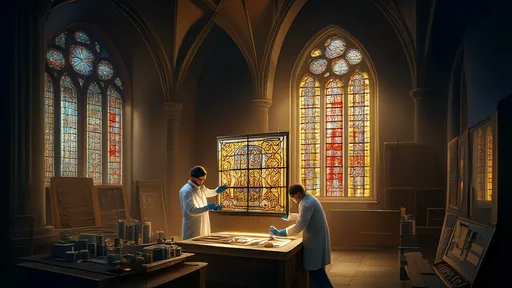
By /Jul 9, 2025
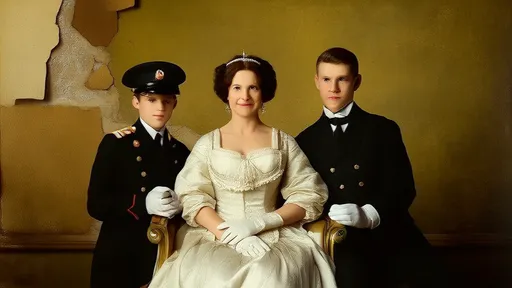
By /Jul 9, 2025
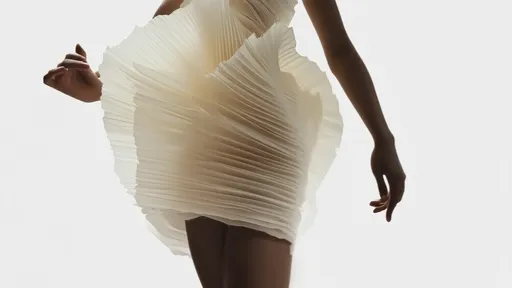
By /Jul 9, 2025

By /Jul 9, 2025
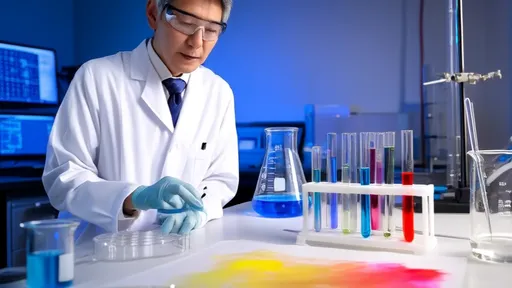
By /Jul 9, 2025
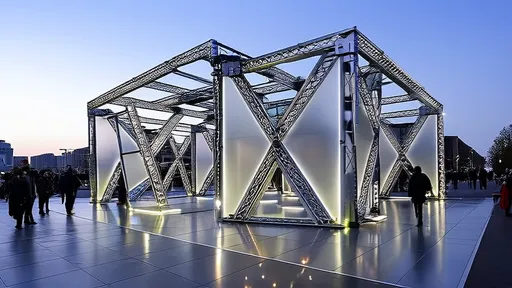
By /Jul 9, 2025
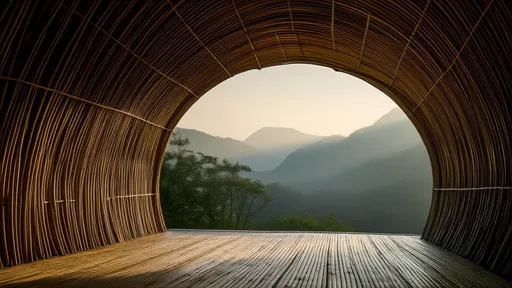
By /Jul 9, 2025

By /Jul 9, 2025

By /Jul 9, 2025
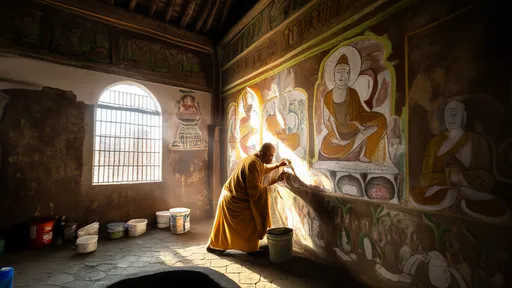
By /Jul 9, 2025
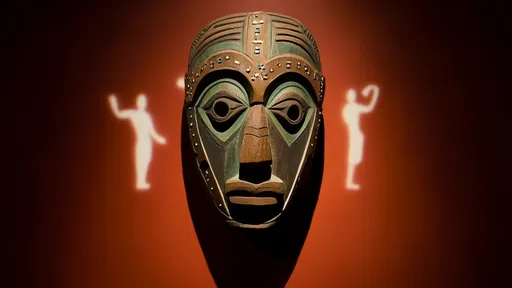
By /Jul 9, 2025
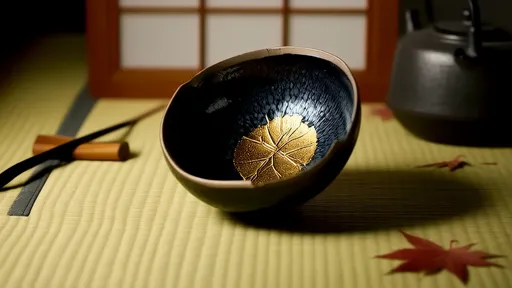
By /Jul 9, 2025

By /Jul 9, 2025

By /Jul 9, 2025
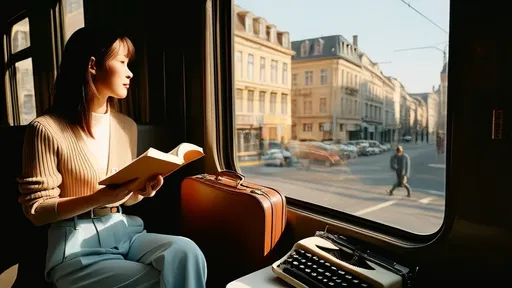
By /Jul 9, 2025

By /Jul 9, 2025